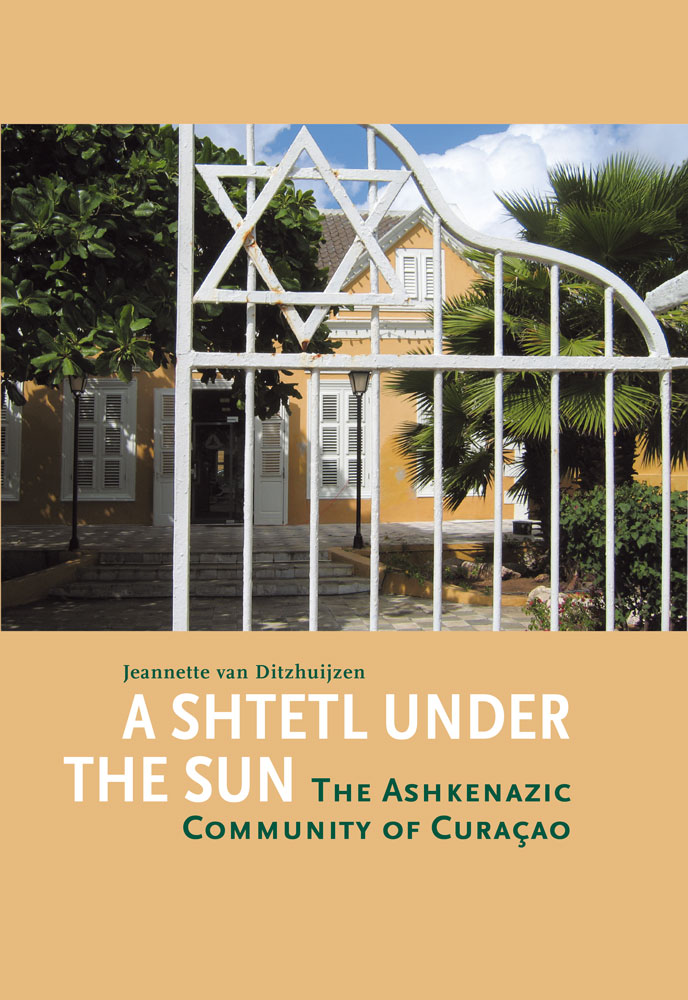Description
Description
In the 1920s, many Jews fled poverty and anti-Semitism in Eastern Europe. They had their sights set on America, but immigration quota restrictions made entry into the US more difficult. Starting in 1926, Ashkenazic Jews began to arrive on the island of Curaçao. Most of them came from regions which lay within the borders of Poland and Romania at that time.
Initially, their Sephardic fellow Jews did not exactly welcome them with open arms. Nonetheless, within fifteen years they managed to build a strong economic position for themselves on the island. The years following the Second World War, in particular, were the best of times for the Ashkenazic community on Curaçao. By then they owned the majority of stores in Punda and had established very close ties with one another. In many respects, the tropical island of Curaçao resembled a small shtetl: an Eastern European city whose population was predominantly and sometimes exclusively Jewish.
Over the years, many Ashkenazic Jews left Curaçao. Today only a little more than a hundred Ashkenazim are left on the island. But all of them remember the shtetl atmosphere during the second half of the 20th century, which Jeannette van Ditzhuijzen has chronicled on these pages.
author
Jeannette van Ditzhuijzen lived on Curaçao from 1990 to 1994, where she worked for the local newspaper Amigoe. Since then she has returned to the island regularly to to write about Curaçao for Dutch newspapers and magazines. She has also written several books on Curaçao and the other islands. Van Ditzhuijzen lives in Almelo and works as a freelance journalist.
acknowledgement
The book was brought about with support from the Jewish Historical Museum (Joods Historisch Museum) and the Prince Bernhard Cultural Fund for the Netherlands Antilles and Aruba (Prins Bernhard Cultuurfonds Nederlandse Antillen en Aruba).
